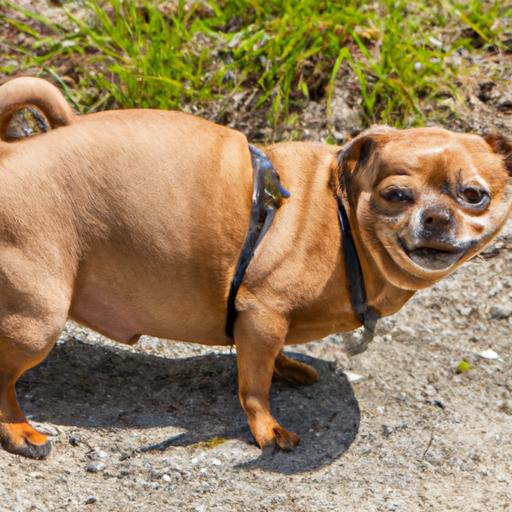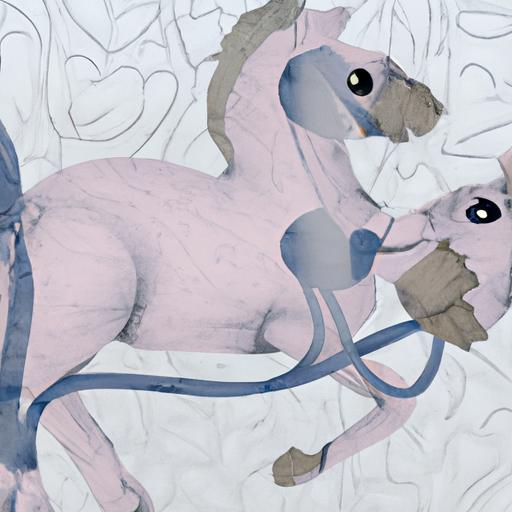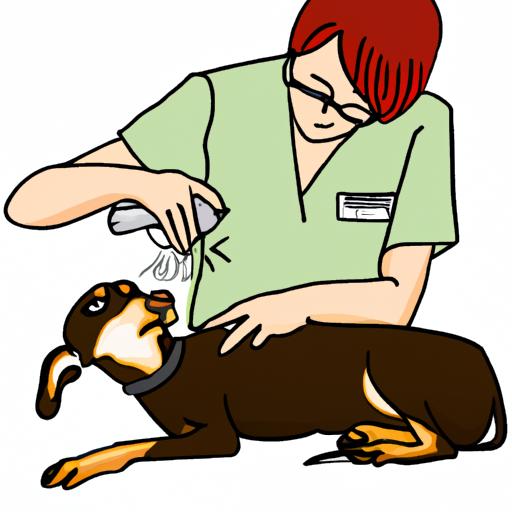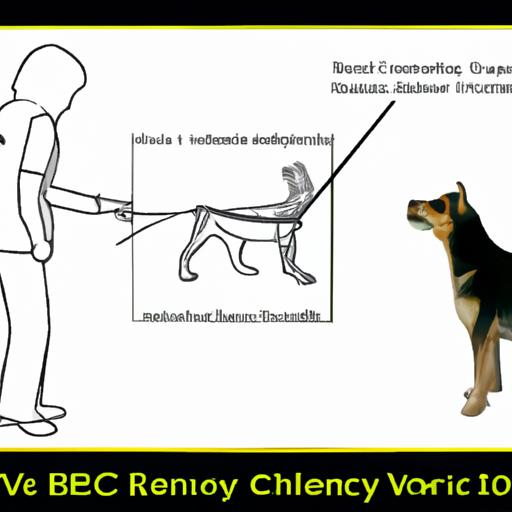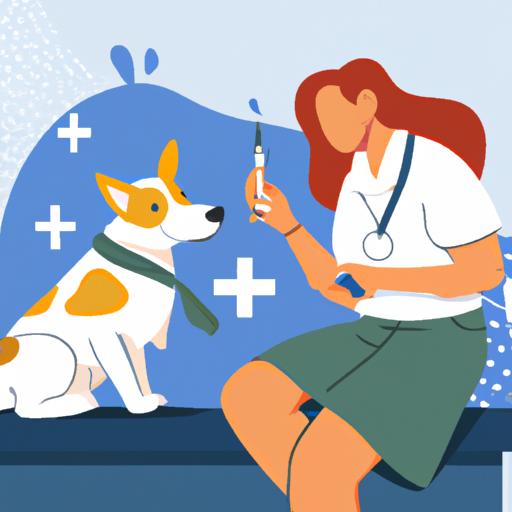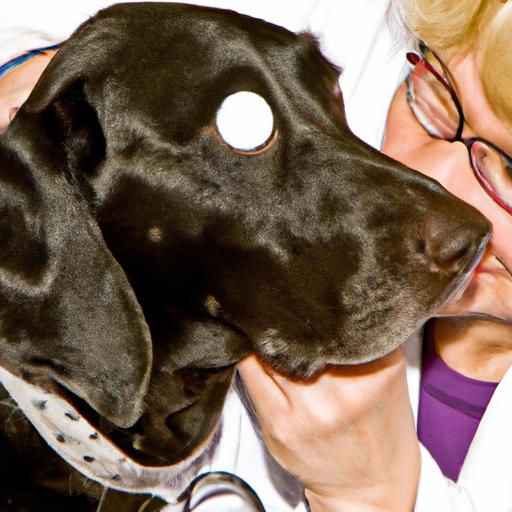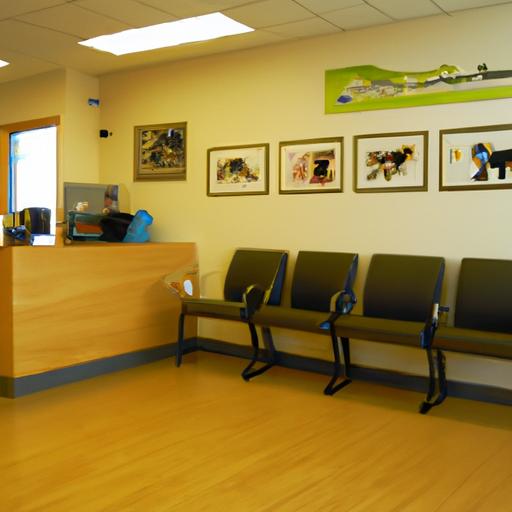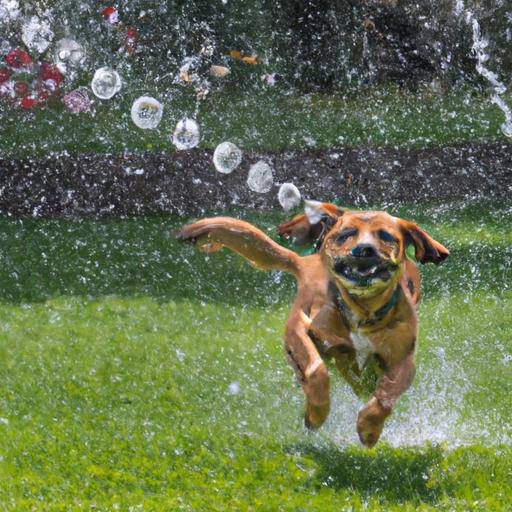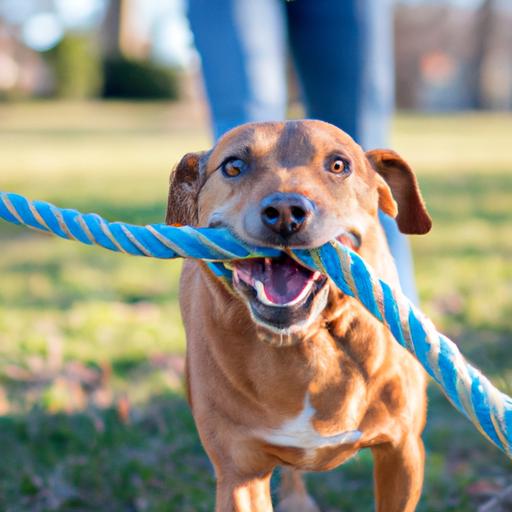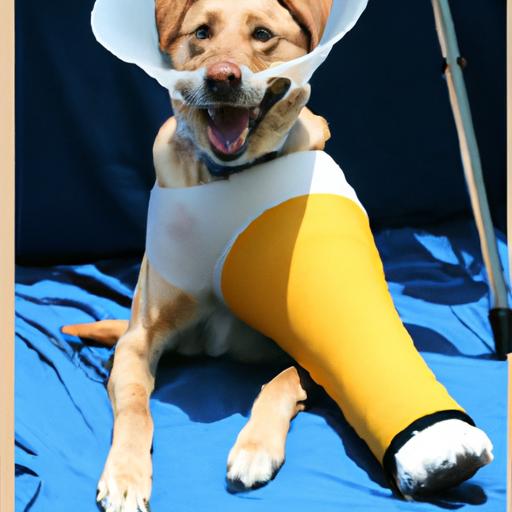
Canine Ulnar Osteotomy: Elbow Joint Surgery
Discover the benefits of Canine Ulnar Osteotomy: Elbow Joint Surgery for dogs. Learn about the procedure, recovery, and FAQs. Expert veterinary advice.
Introduction
When it comes to our furry friends, their health and well-being are of the utmost importance. Just like humans, dogs can suffer from various orthopedic conditions, including issues with their elbow joints. One common surgical procedure used to address these problems is Canine Ulnar Osteotomy. In this article, we will delve into the world of Canine Ulnar Osteotomy, exploring its benefits, the surgical procedure involved, and other vital information to help you understand this treatment option for your beloved canine companion.
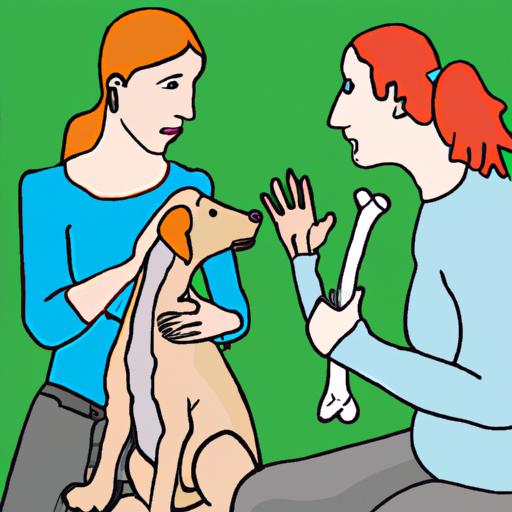
Understanding Canine Ulnar Osteotomy
Causes and Symptoms
Canine Ulnar Osteotomy is primarily performed to correct conditions such as elbow dysplasia, fragmented coronoid process, and ununited anconeal process. These conditions can cause pain, lameness, swelling, and stiffness in your dog’s elbow joint. If you notice your furry friend exhibiting any of these symptoms, it’s crucial to consult a veterinarian promptly for an accurate diagnosis.
Diagnosis and Evaluation
Diagnosing elbow joint issues in dogs requires a comprehensive evaluation, including physical examinations, X-rays, and sometimes advanced imaging techniques like CT scans or MRIs. These diagnostic tools allow veterinarians to assess the extent of the damage and determine whether Canine Ulnar Osteotomy is the appropriate course of action.
Preoperative Considerations
Before undergoing Canine Ulnar Osteotomy, your dog will need to undergo a series of preoperative evaluations. These may include blood tests, electrocardiograms, and other assessments to ensure your furry friend is in optimal health before the surgery. It is essential to follow your veterinarian’s instructions carefully to prepare your dog for the procedure adequately.
Surgical Procedure
Canine Ulnar Osteotomy is a surgical procedure that involves carefully cutting, realigning, and stabilizing the ulna bone to alleviate pressure on the elbow joint. This procedure aims to restore proper joint function and reduce pain and lameness in affected dogs. The surgery is typically performed by a skilled veterinary orthopedic surgeon under general anesthesia.
During the surgery, the surgeon will make an incision and use specialized instruments to cut the ulna bone at a precise location. The bone is then realigned to achieve proper joint alignment, and metal implants, such as screws or plates, are used to stabilize the bone in its new position. Once the surgery is complete, your dog will be closely monitored during the recovery period.
Frequently Asked Questions (FAQ)
What is the success rate of Canine Ulnar Osteotomy?
The success rate of Canine Ulnar Osteotomy can vary depending on various factors, such as the underlying condition being treated, the skill of the surgeon, and the commitment to postoperative care. However, studies have shown that the procedure has a high success rate, with many dogs experiencing significant improvement in their quality of life and reduction in pain and lameness.
How long is the recovery period after the surgery?
The recovery period following Canine Ulnar Osteotomy can range from several weeks to a few months. It is crucial to strictly follow your veterinarian’s postoperative care instructions, which may include restricted activity, physical therapy, and medication. Regular follow-up visits will be necessary to monitor your dog’s progress and make any necessary adjustments to the recovery plan.
Are there any risks or complications associated with this procedure?
As with any surgical procedure, there are potential risks and complications associated with Canine Ulnar Osteotomy. These can include infection, implant failure, nerve damage, and delayed healing. However, with proper preoperative evaluation, a skilled surgeon, and diligent postoperative care, the risks can be minimized. It is essential to discuss any concerns you have with your veterinarian to make an informed decision regarding the surgery.
Can all dogs with elbow joint issues benefit from this surgery?
The suitability of Canine Ulnar Osteotomy for treating elbow joint issues depends on various factors, including the specific condition, the severity of the problem, and the overall health of the dog. Your veterinarian will assess your dog’s individual case and determine the most appropriate treatment plan, which may include Canine Ulnar Osteotomy or alternative options. It is crucial to consult with a qualified professional to determine the best course of action for your furry friend.
How can I ensure a smooth rehabilitation process for my dog post-surgery?
A successful rehabilitation process following Canine Ulnar Osteotomy relies on diligent care and commitment from the pet owner. Your veterinarian will provide specific guidelines tailored to your dog’s needs, which may include restricted activity, physical therapy exercises, and pain management. It is essential to closely follow these instructions, provide a comfortable and safe environment for your dog, and maintain open communication with your veterinarian throughout the recovery period.
Conclusion
Canine Ulnar Osteotomy is a surgical procedure that offers hope for dogs suffering from debilitating elbow joint conditions. By understanding the causes, symptoms, and treatment options available, you can make informed decisions about the well-being of your furry friend. Remember, early diagnosis and intervention are critical in providing the best possible outcome for your dog. If you suspect any issues with your dog’s elbow joint, consult a qualified veterinarian who can guide you through the diagnostic and treatment process. With proper care and the expertise of veterinary professionals, your dog can regain their mobility and enjoy a happy, healthy life.
